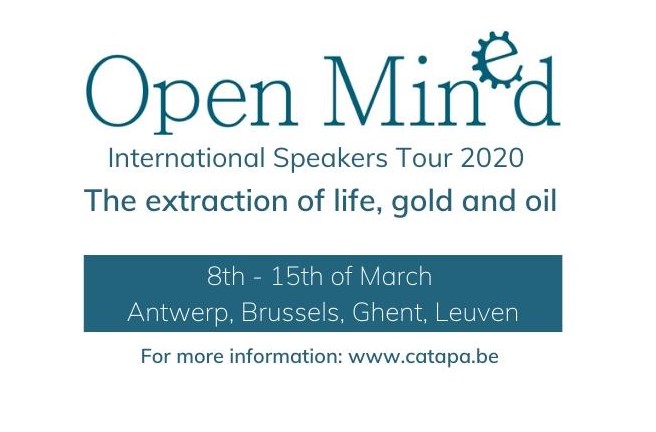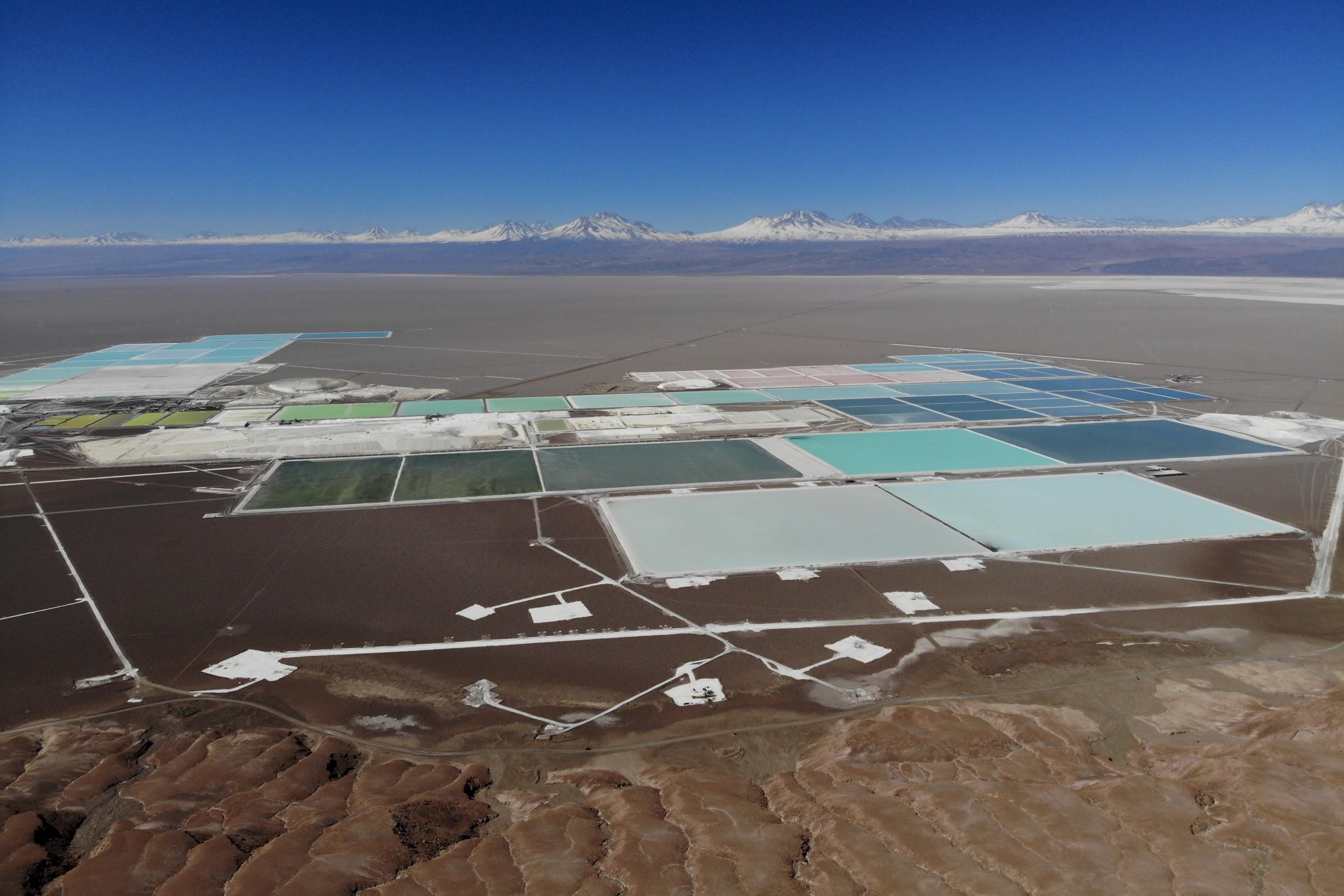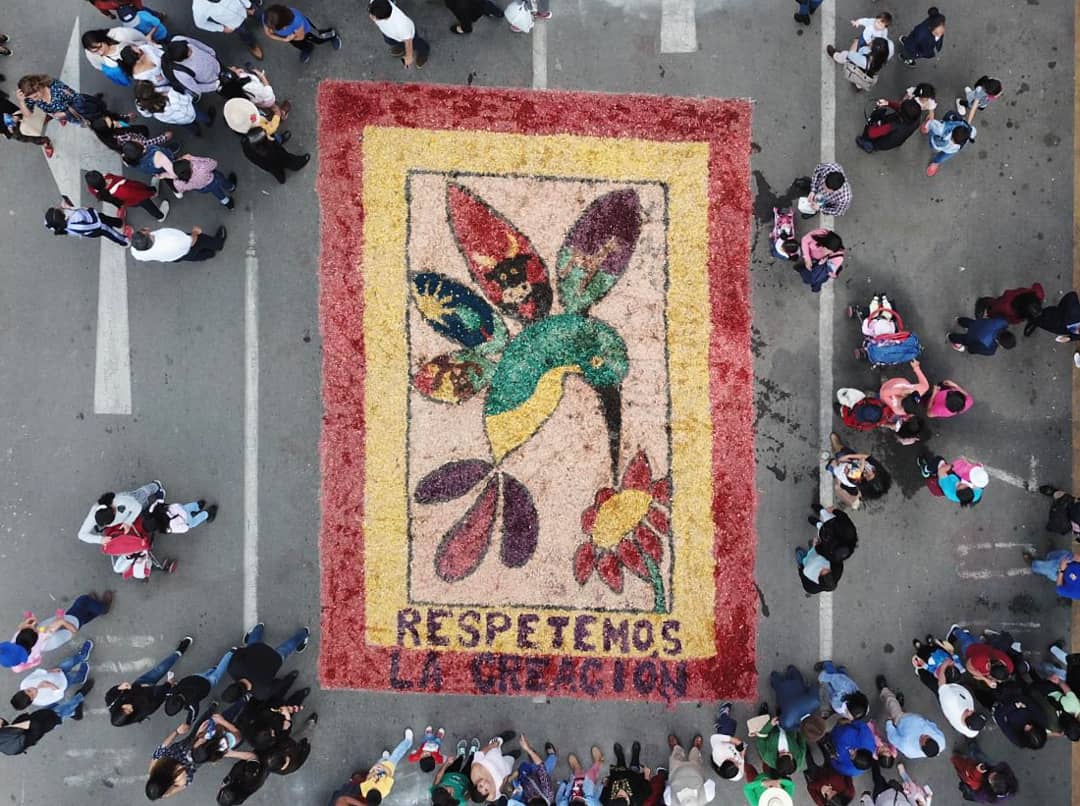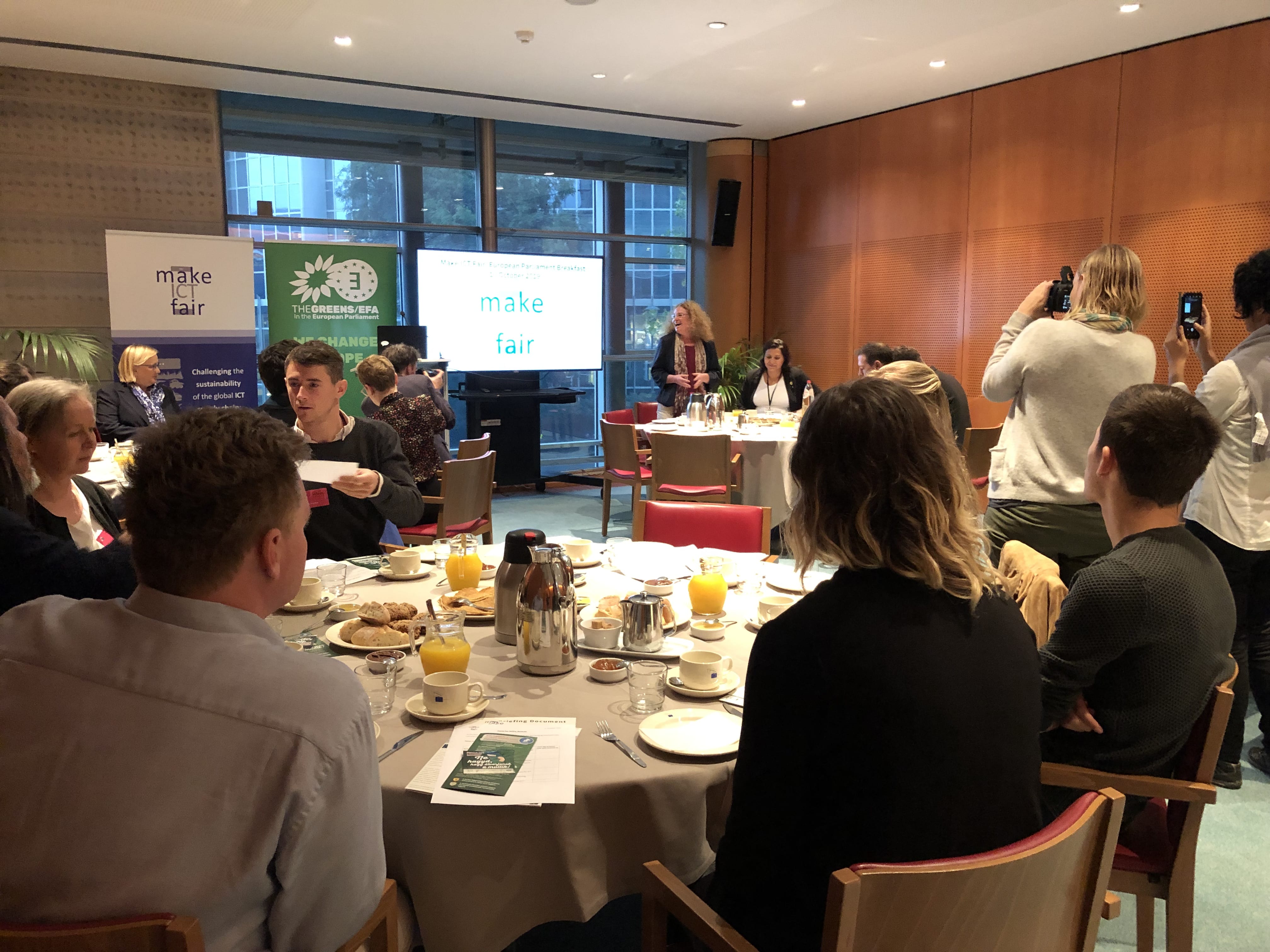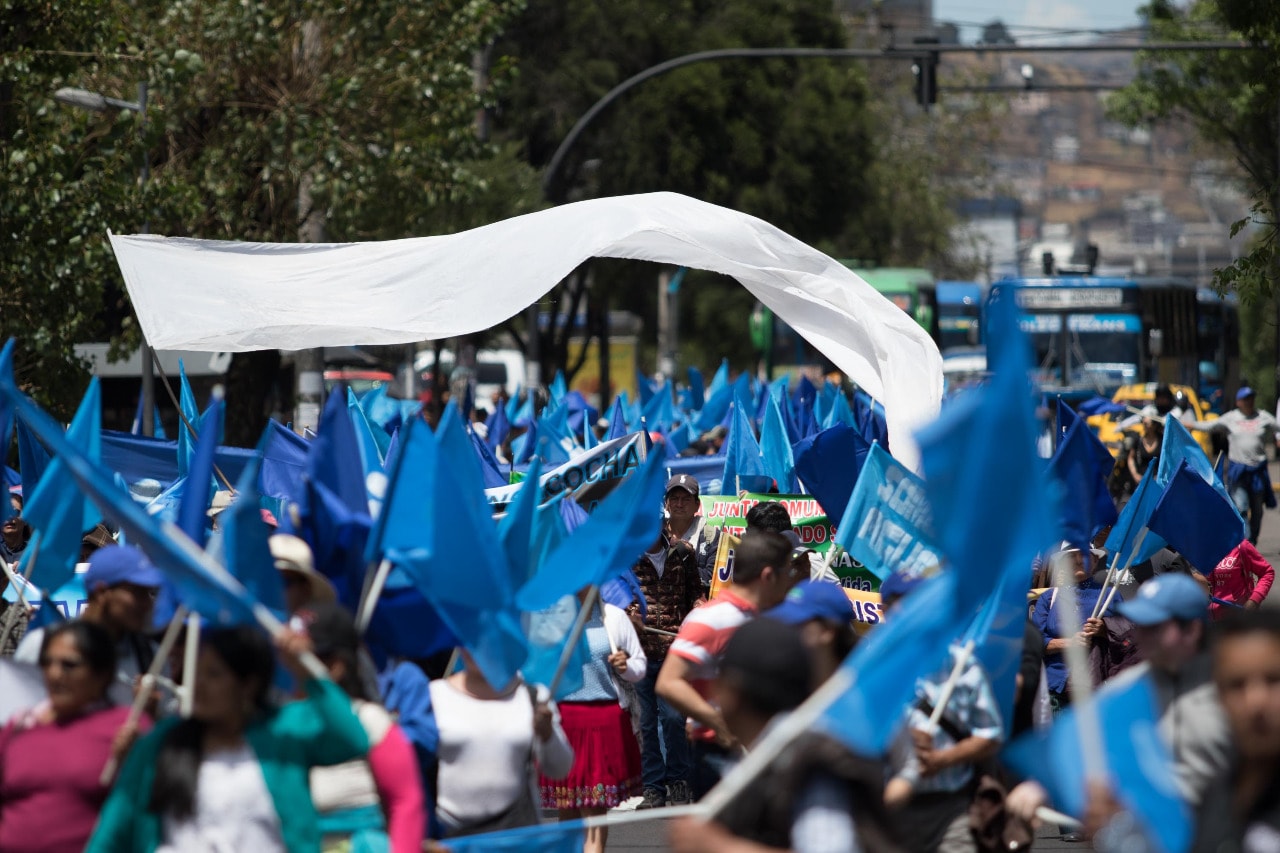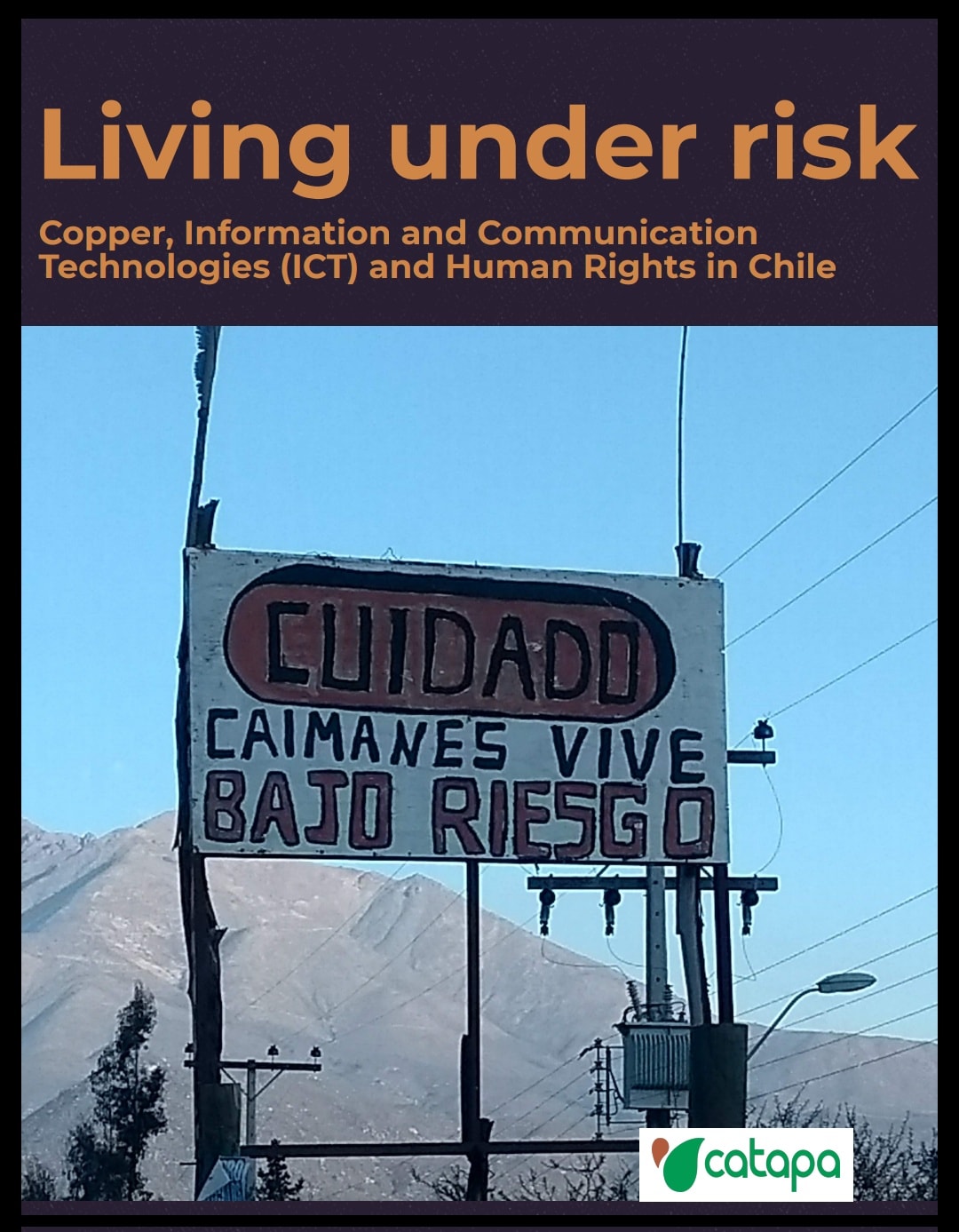Covid-19 in the Peruvian Amazon: Challenges for the most vulnerable communities of Loreto
Covid-19 in the Peruvian Amazon: Challenges for the most vulnerable communities of Loreto
Author: Mirna Fernández
If there is one thing which the Covid-19-outbreak has brought to the surface in a very clear way, it is the existing global inequalities. To which extent communities are able to withstand the crisis, depends a lot of their access to healthcare, sanitation and food systems.
The reality in the region of Loreto, located in the Peruvian Amazon, shows that this pandemic and its socioeconomic implications will pose severe threats to some of its most vulnerable communities.
An already collapsed Health Care System
When the first positive cases of the coronavirus were confirmed in Loreto, the hospitals were already close to collapsing. The Peruvian Health Minister, Victor Zamora, announced that Loreto was facing two “big problems” at the same time: Coronavirus and Dengue.
Before the arrival of Covid-19 the region of Loreto was victim of one of the worst episodes of a dengue epidemic in the history of the region. According to the National Center for Epidemiology, Prevention and Control of Diseases (CNE), only in the first 3 months of 2020, the number of cases of dengue in Peru reached 8 times the amount of cases compared to the same period last year. Loreto has reported the biggest number of cases, with 3,925 in total, which is 31 times higher than the same period last year. This was already a heavy burden for the weak regional health care system. In the hospitals, few beds were available for the many patients that needed to be covered by mosquito nets to prevent the spread of the disease to other patients in the hospitals.

The Covid-19 outbreak disrupted Loreto, as the region doesn’t have enough beds ready to use in Intensive Care Units (ICU). The Regional Hospital of Loreto – the biggest and most equipped hospital of Loreto – has only 12 ICU beds for Covid-19 patients, of which 10 are already in use. The other hospitals in the region all together have only 9 extra ICU beds and all of them are in use already by non Covid-19 patients. This should cover a population of 884 000 inhabitants. Belgium, in comparison, has a population of 11.46 million inhabitants and 1864 ICU beds, of which 785 remain free for future patients needing Intensive Care. The fact that only 2 ICU beds remain free for the whole region of Loreto is a hard reality check.
While the pandemic is spreading in the region, everyday we hear reports from health personnel dropping out due to a lack of protective equipment. A hospital called ESSALUD had to close temporarily when 4 health workers were tested positive, and improvised health centres had to be put in place to continue the medical attention for its patients. The president of the Medical Federation of Loreto, María Huilca Chambi, pointed out the lack of biosecurity for the personnel taking the samples for Covid-19 testing. “We are putting our lives at risk”, she said.
Loreto is currently the region with the fourth highest amount of most positive cases in Peru, with 619 to date. This is the result of 2876 tests performed in the region since the beginning of the outbreak, according to the official government data. There is an obvious lack of tests, labs and equipment for the personnel’s health, which did not improve much since the beginning of the outbreak. This raises questions about the credibility and transparency of the local authorities.
Increasing food prices
Loreto does not have a diversified agricultural production, due to the hard conditions that the Amazon ecosystem poses on peasants. With mainly poor, infertile soil where crops are often suffering from erosion due to heavy rains and from different plagues, only a limited variety of crops can survive. Therefore, the region needs to import massive amounts of food, especially vegetables, from other regions of Peru.
The transportation of imported food is especially complicated for Loreto. Its main city, Iquitos, which has about one million inhabitants, is the only major city in Peru that is not accessible by road. The imported food from other regions needs to arrive either by air or by ground transportation until Yurimaguas, and from there by boat for more than 3 days. The regional food supplies reach Iquitos by boat, coming from local communities settled on the river sides.
Family agriculture produces 70% of the food supplies that are consumed in Peru. In many cases, this means that the surplus food production of small families is sent to other regions by means of passengers’ transport, which is now prohibited by the State of Emergency. The cargo transport of food supplies is allowed, and people working in the food supply sector are officially allowed to pass by regularly. However, to obtain the necessary permits with the National Police, you would need to provide certain certifications that many small producers don’t have.
Therefore, if prices of basic food in the region have increased, it is directly linked with the State of Emergency declared by the government of Peru and its transport restrictions. Basic fresh food items like eggs, potatoes, tomatoes, bananas and onions have doubled in price since the beginning of the lockdown.
Speculation is another cause of increasing food prices. There was a wave of panic among the inhabitants of the country, especially during the first days of the lockdown, so the markets and stores were wiped out of some products. The resulting demand in turn increases the prices. While the Peruvian government is trying to send positive messages to the population ensuring that there will not be a shortage of food supplies, the outcome is nonetheless that the prices of some products might take a while to stabilize after the panic-buying.
There are also very strict and inconvenient rules put in place during the State of Emergency regarding groceries shopping. In Iquitos, markets start business around 5 am and the police force the vendors to start closing by 9:30 am. The result is a major assembly of people trying to buy their food in the very early hours of the morning, which absolutely poses more risks for mass contagion.

Threats to Indigenous Peoples and Native Communities
There is no national action plan for Covid-19 focused on Indigenous Peoples, despite the demands from the largest national indigenous organization, Aidesep, and the regional organization of indigenous federations, Orpio. They demand the participation of indigenous peoples’ representatives in the planning and implementation of measures to avoid scenarios of mass contagion in the indigenous communities.
Indigenous peoples’ organizations from Loreto such as Fediquep, Feconacor, Opikafpe and Acodecospat have proposed sanitation protocols to be urgently implemented, but they are still waiting for a response from the government. Loreto compasses more than 24% of the Amazon indigenous population in Peru according to the latest national census. It is the region with the most indigenous communities in the country, which count about 1200. But in most of these communities, health posts have a shortage of supplies, even more so during this sanitary crisis.
There is only one lab in the region that can process the Covid-19 molecular tests: it is located in Iquitos. The Regional Health Director, Percy Minaya León, mentioned that his main concern is the population in remote areas and close to international borders, which includes indigenous and native communities. In these areas, the health care personnel that takes samples for example in Santa Rosa o Caballococha (near the borders with Colombia and Brasil), must travel by boat on the Amazon river for more than 12 hours and then go back to the lab in Iquitos with the samples for testing. There are not enough tests, nor enough personnel to cover these areas appropriately in terms of Covid-19 testing.
Out of fear of getting infected by the virus, several native communities took the decision to block all entrances to their territories in order to isolate themselves. They prefer not to receive any donation rather than exposing themselves to possible infection. However, not everybody is respecting their decision. There are unscrupulous merchants, hostile public officials, rapporteurs, illegal loggers and miners, uninformed military and police, and other outsiders who do not understand that their decision falls within their right to self-determination and is valid and well-founded.

There are many basic needs which lack coverage for indigenous peoples in the Peruvian Amazon, now representing major obstacles for their wellbeing during this health crisis. According to the census for native communities conducted in 2017, only 9,8% of the indigenous population in the Amazon has access to the Internet, where they could consult the most recent prevention and protection measures. Moreover, only 25,8% of these communities have access to a public drinking water system, complicating washing hands to prevent infections.
To overcome this crisis, the national and regional governments have a huge amount of work to do, especially in these remote areas, to avoid the worst-case scenarios, in which the most vulnerable communities become infected on large scale. After the crisis it will be necessary to evaluate to which extent the government failed to meet the needs of the indigenous population during this pandemic.
You can also read more about the COVID-19 situation in Peru in our other blog post Caning, arrests and social issues: Ten days of quarantine in Peru.





